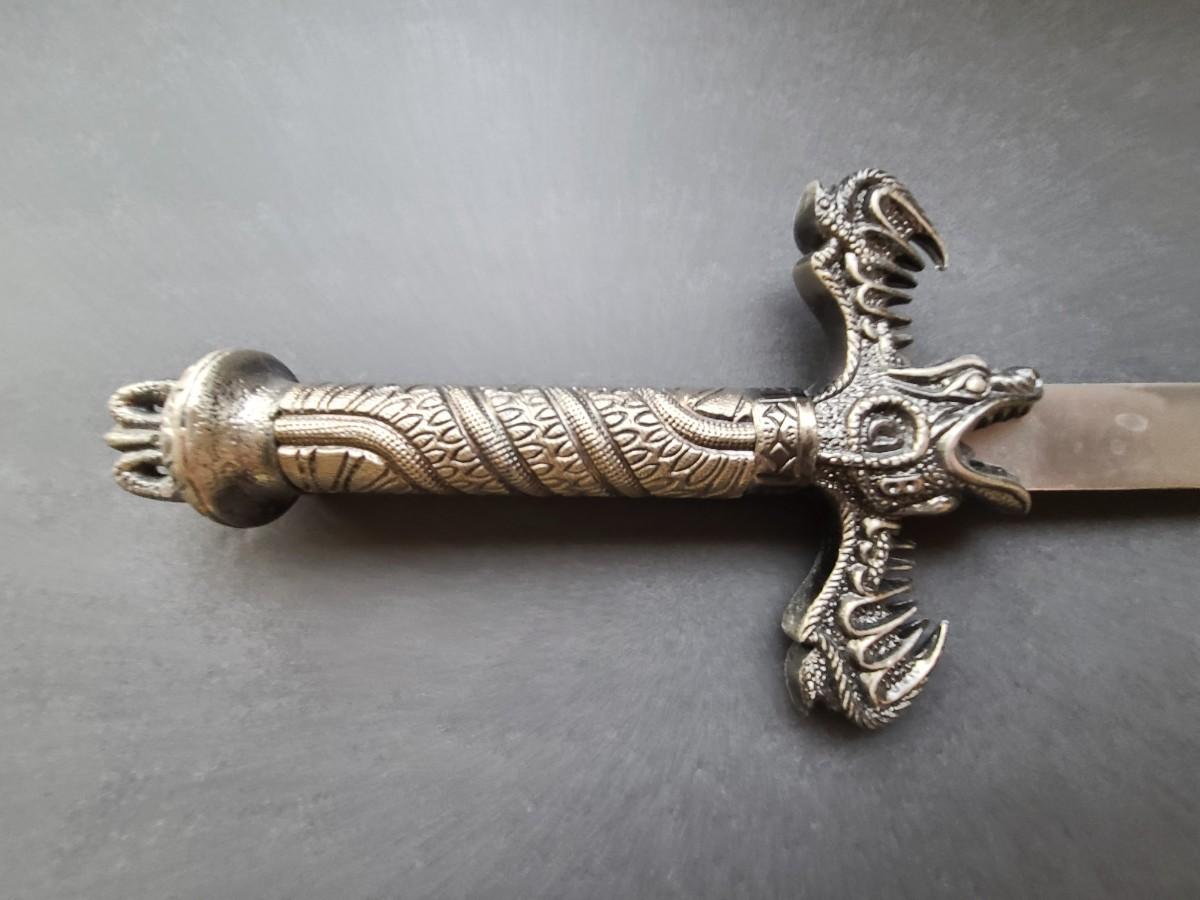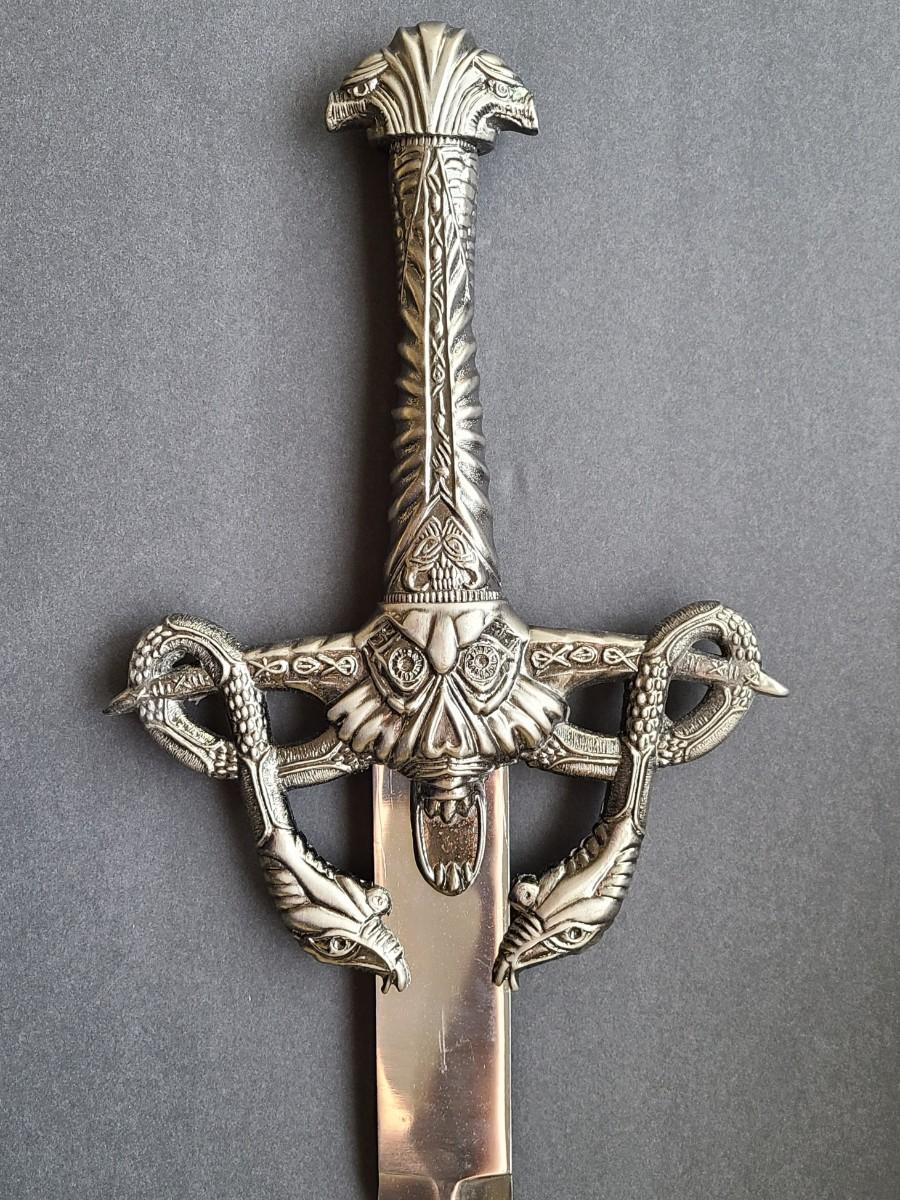Welcome to the fascinating world of Pakistan decorative swords, an exquisite blend of craftsmanship, heritage, and cultural significance. As someone deeply interested in historical artifacts, I have spent countless hours immersed in understanding the intricate details, the stories behind these impressive pieces, and their roles in Pakistan’s rich history. In this article, I aim to share insights and knowledge that can help both enthusiasts and curious readers appreciate the beauty and complexity of these decorative swords.
The Cultural Significance of Pakistan Decorative Swords
Decorative swords are not merely weapons; they are embodiments of art, tradition, and history. In Pakistan, these swords, often referred to as ‘talwars’ and ‘kandjars,’ showcase the country’s rich cultural tapestry, influenced by various civilizations over centuries. They serve as a powerful symbol of bravery, honor, and the warrior spirit.
The Historical Context
The history of decorative swords in Pakistan dates back thousands of years. They have evolved from functional weaponry used in warfare to artistic representations of skill and craftsmanship. The Mughal era, in particular, saw the flourishing of sword craftsmanship, where artisans combined form and function to create stunning pieces that were as much about aesthetics as they were about utility.
Types of Decorative Swords from Pakistan
Pakistan is home to a variety of decorative swords, each with unique features and styles. Understanding these types can help collectors identify what resonates with them the most.
1. Talwar
The ‘talwar’ is perhaps the most recognized type of decorative sword in Pakistan. Characterized by its curved blade and distinctive hilt, the talwar has been used since the medieval period. Its design is both functional and beautiful, often adorned with intricate engravings and inlays.

Features of Talwar
- Curved Blade: Ideal for slashing movements.
- Intricate Hilt: Often features beautiful motifs.
- Variety of Sizes: Available in different lengths and weights.
2. Kanjars
The ‘kanjar’ is a type of dagger that enjoys popularity in both decorative and functional contexts. It often showcases exquisite craftsmanship and is used in traditional ceremonies or as part of a collection.

Features of Kanjars
- Shorter Than Swords: Typically around 12-18 inches long.
- Ornate Designs: Often embellished with gemstones and carvings.
- Symbol of Status: Used in traditional ceremonies.
3. Pesh Kabz
The ‘pesh kabz’ is another fascinating weapon, known for its unique design that resembles a hook. It has a rich history in Pakistan, often associated with noble families and served as both a weapon and a symbol of prestige.
Features of Pesh Kabz
- Hooked Blade: Provides unique cutting abilities.
- Elaborate Handles: Often made from precious materials.
- Historical Significance: Used by nobility and warriors.
Craftsmanship Behind Pakistan Decorative Swords
The artistry involved in crafting decorative swords in Pakistan is an age-old tradition passed down through generations. Each piece tells a story and reflects the skill, dedication, and passion of the craftsmen.

Materials Used
Pakistan’s sword makers employ various materials to create their masterpieces:
| Material | Description | Common Uses |
|---|---|---|
| Steel | Sturdy and durable, often used for blades. | Talwars, Kanjars |
| Brass | Often used for hilts and decorative accents. | Hilt designs |
| Wood | Used for grips and sheaths, providing comfort. | Hilt grips |
| Gemstones | Used for embellishing and defining status. | Ornate swords |
Techniques Employed
The techniques used to craft these swords vary but often include:
- Forging: Heating metal to shape it into blades.
- Inlaying: Adding decorative elements using other metals or materials.
- Engraving: Carving designs into the blade or hilt.
- Polishing: Finishing touches that enhance the sword’s beauty.

Buying Guide for Pakistan Decorative Swords
If you’re considering purchasing a decorative sword, whether for collection or display, there are essential factors to consider to ensure you choose the right piece.
1. Authenticity
When buying decorative swords, authenticity is vital. Look for reputable sellers who provide certifications of authenticity. Understanding the history of the sword’s origin can also add value to your purchase.

2. Price Range
The price of decorative swords can vary significantly based on craftsmanship, materials, and history. Here’s a general breakdown:
| Type of Sword | Price Range (USD) |
|---|---|
| Talwar | $100 – $2000 |
| Kanjars | $50 – $1500 |
| Pesh Kabz | $75 – $800 |
3. Quality Assessment
Inspect the sword closely for signs of craftsmanship. Look for the following:
- Neat and consistent engraving work.
- Strong and balanced blade.
- Well-fitted hilt without gaps.
Pros and Cons of Collecting Pakistan Decorative Swords
Before diving into the world of decorative sword collecting, it’s important to weigh the pros and cons.
Pros
- Rich Cultural Heritage: Each sword is steeped in history.
- Artistic Value: A unique aesthetic appeal that can enhance any collection.
- Investment Potential: Rare pieces can appreciate significantly over time.
Cons
- Maintenance: Requires careful handling and storage.
- Cost: High-quality pieces can be quite expensive.
- Space: Requires adequate display space in your home.
Displaying Your Decorative Swords
Once you’ve acquired your beautiful decorative sword, the next step is displaying it in a way that highlights its beauty. Here are some tips:
1. Wall Mounts
Using wall mounts is a great way to showcase your sword while keeping it secure. Ensure the mount is sturdy enough to hold the weight of the sword.
2. Display Cases
A glass display case protects your sword from dust and damage while allowing viewers to appreciate its intricate details.
3. Lighting
Proper lighting can enhance the visual appeal of your sword. Consider using spotlights to draw attention to its features.
FAQs About Pakistan Decorative Swords
What materials are commonly used in decorative swords from Pakistan?
Common materials include steel for blades, brass for hilts, and various gemstones for decoration.
How do I maintain my decorative sword?
Regular cleaning and polishing are essential. Keep your sword away from humidity and direct sunlight to prevent rust and fading.
Are decorative swords functional?
While many decorative swords are made with functional blades, they are primarily designed for display. Using them in combat or for cutting tasks can damage their delicate craftsmanship.
Where can I buy authentic Pakistan decorative swords?
Reputable outlets include specialized antique shops, cultural exhibitions, and online marketplaces known for authentic artifacts.
Conclusion: Embracing the Beauty of Pakistan Decorative Swords
In conclusion, Pakistan decorative swords are more than just objects; they are pieces of history and art that tell stories of bravery, culture, and craftsmanship. My journey through the enchanting world of these swords has deepened my appreciation for their significance. Whether you’re a seasoned collector or a curious enthusiast, I hope this guide has provided valuable insights to enrich your understanding and appreciation of these magnificent creations.
If you have any questions or stories to share about your experiences with decorative swords, feel free to leave a comment below!